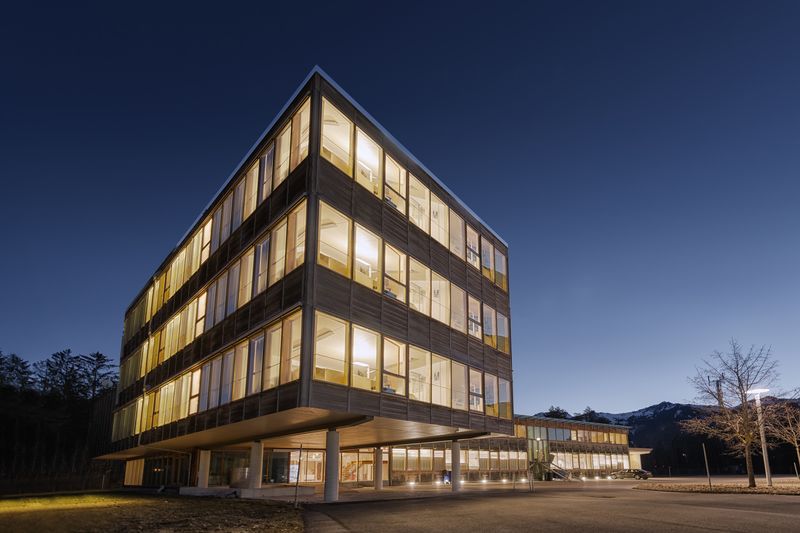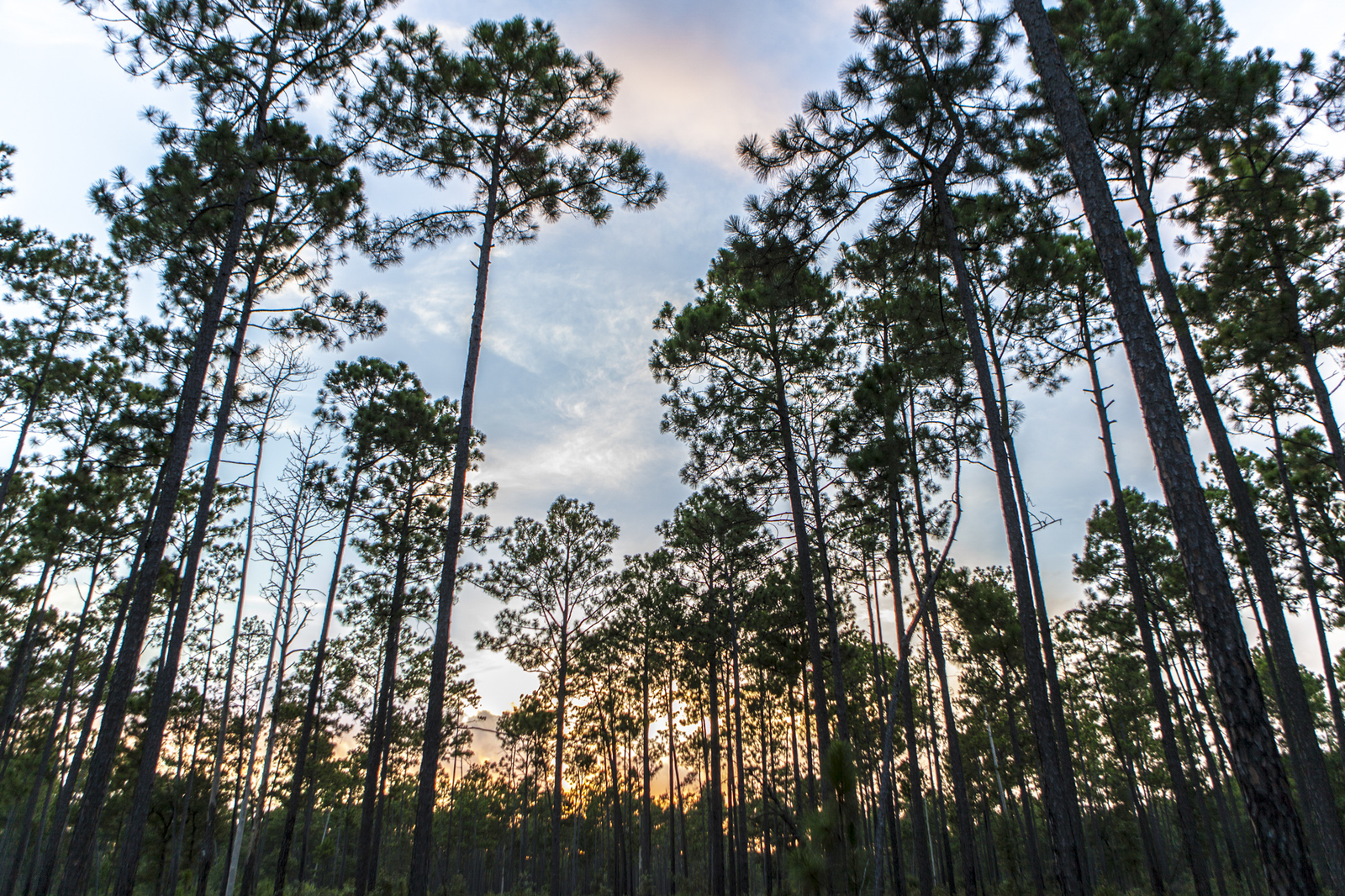
Wood has been used as a construction material for 10,000 years, but it is gathering a new importance that goes beyond providing four walls. More and more countries are incentivising the use of timber in buildings, but why?
Wood has been used as a construction material for 10,000 years, but it is gathering a new importance that goes beyond providing four walls. More and more countries are incentivising the use of timber in buildings, but why?

Wood has been used as a construction material for 10,000 years, but it is gathering a new importance that goes beyond providing four walls. Buildings made of new wood technologies such as cross-laminated timber (CLT) and Glulam are becoming widespread, with plans for 70 to 80-storey buildings in London and Tokyo competing to be the highest wooden skyscrapers in the world. More and more countries are incentivising the use of timber in buildings.
Why? Not just because CLT and Glulam are fire resistant and as structurally stable as steel.[1] But because while production of concrete and steel leaves behind a carbon footprint responsible for around 8 percent and 5 percent of global emissions respectively, growing trees to produce wood takes carbon out of the atmosphere and stores it in the buildings themselves.
Trees provide the best carbon capture and storage technology available. And there is increasing evidence that a new forest economy – based on planting large tracts of degraded land with sustainably managed forests and expanding wood markets with innovative wood products such as CLT – presents us with our best natural option to address climate change. One CLT building provides carbon benefits that are equivalent to taking around 1,100 cars off the road for a year.[2]
“If this was a techno-fix to climate change, made of concrete and steel, it would likely be gathering billions of dollars in support from governments, industry and venture capitalists around the world,” says Justin Adams, Managing Director of Global Lands for The Nature Conservancy (TNC).
We know that forests are important in their own right. They are home to nearly half of all known species and 300 million people. They prevent flooding and erosion, influence climate, filter air and water, produce food, medicines and raw materials and give us pleasure. But they are also part of a bigger picture of natural solutions to climate change.
New science shows that global conservation, restoration, and management of forests, grasslands, and wetlands can deliver up to 37 percent of the emission reductions we need if we are to reach net zero greenhouse gas emissions by 2030.[3] The latest climate models by the Intergovernmental Panel on Climate Change scientists indicate that it will not be feasible to limit global warming to 2°C without major investments in natural climate solutions.[4]
Reforestation is the most promising option, capable of achieving over two-thirds of natural climate solutions’ mitigation potential.[5] It doesn’t just make environmental sense, it makes economic sense.
Forests contribute about 2 percent of global gross domestic product through timber production and non-timber forest products (such as fruits, nuts, and medicinal plants).[6] There is huge potential for this to expand through reforestation projects. An incremental 1 percent annual growth in global demand for organic wood products could drive 20 million hectares of new forests by 2030, if sourced from sustainably managed plantations.[7]

There is no shortage of land to turn into forest, our NCS paper estimates that there are over 600 million hectares of degraded and deforested lands that are available for reforestation/ restoration worldwide–an area nearly as big as Australia.
Already, many countries are recognizing that using reforestation as a climate strategy makes perfect sense. To date, 114 countries have pledged to reforest 162 million hectares, an area half the size of India.
But pledges could be turned into action. TNC, in conjunction with partners and collaborators, has developed an ambitious project called the Reforestation Accelerator to catalyze the sustainable reforestation of 150 million hectares of forests. It has the potential to sequester two gigatons of carbon emissions per year by 2030.
One of the keys to unlocking this kind of scale is sustainably harnessing the power of the markets. There is already high demand for wood products, with the value of industrial shipments of wood and paper in the US valued at $282 billion in 2016.[8] Global demand is projected to increase further – by 30 percent by 2030.[9] Increased demand for long-lived wood products such as CLT, for example, could drive significant investment in new trees.
This increased demand for wood can be met sustainably with appropriate plantation planning and management. Governments, industry, smallholders, civil society and others can together accelerate growth and ensure sustainability with the right policies and incentives.
The Tree Fund in East Africa, developed by TNC with partners, provides an example of what is possible. African countries have yet to make adequate progress in meeting their pledge of restoring 100 million hectares of degraded land by 2030. At the same time, Africa accounts for 22 percent of global wood consumption and many parts of the continent face a huge wood shortage as population and economic growth drive the need for energy, construction materials and furniture.
One problem is lack of financing options. Because there is a long gap between investment (in tree planting) and return (in sale of wood products), few institutions are able to provide finance for commercially grown trees. The Tree Fund is an investment vehicle tailored to the needs of governments, companies and smallholders alike – providing finance at an affordable rate over a timescale that matches that of tree-growing.
It demonstrates how simple incentives and financing schemes can unlock a market that is already there, and fulfil its potential. Such opportunities exist everywhere. The forests themselves are part of the solution; the sustainable products they give us are part of the solution; and the wealth they create is part of the solution.
For some, there may be worries about aligning an environmental cause so closely with industry. But for others, it’s hard to see any losers. “The opportunity here is to usher in a future of a new high-tech timber industry for the 21st Century,” says Justin Adams. “It could be the difference between climate stabilization or not.”
References
[1] Greenspec
Van De Kuilen, JWG et al, Procedia Engineering
[2] US Energy Information Administration, based on average annual emissions of cars in US
[3] Griscom, B. et al., 2017. Natural Climate Solutions, PNAS
[4] IPCC (2014) Climate Change, 2014: Mitigation of Climate Change. Contribution of Working Group III to the Fifth Assessment Report of the Intergovernmental Panel on Climate Change
[5] Griscom, B. et al., 2017. Natural Climate Solutions, PNAS
[6] Food and Agriculture Organization
[7] Food and Agriculture Organization/TNC Analysis
[8] American Forest & Paper Association, 2016
[9] Food and Agriculture Organization, Food and Agriculture Organization